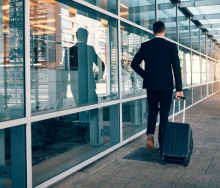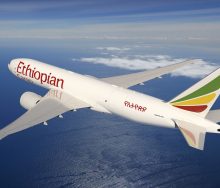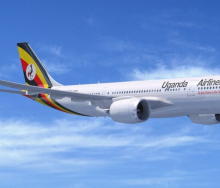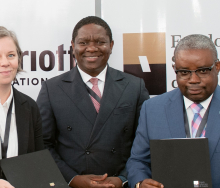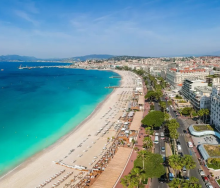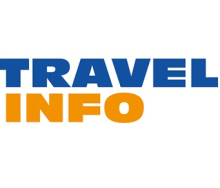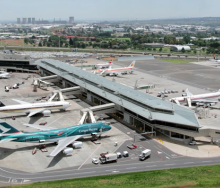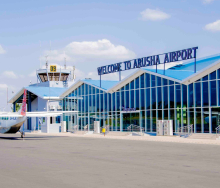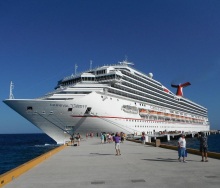SAA plans to wait and watch what
the outcome of Lufthansa’s
proposed GDS surcharge will be
before considering a similar move.
“It’s different strokes for different
folks. Is this appropriate for long-haul
international travel? I’m not sure.
The jury is still out,” said acting
ceo, Nico Bezuidenhout, at a recent
media briefing to discuss SAA’s
short- and medium-term objectives
following the completion of its 90
Day Action Plan.
The trade plays a key role in
booking international travel, providing
a consultative role, both for the
passenger and the airline. “I’d be
hesitant to take steps that make
that distribution channel feel they
are being targeted or discriminated
against. Lufthansa has taken that
step and it is going to be interesting
to see how that goes. I will sit on the
side and watch this one.”
Lufthansa is highlighting how costs
are borne in the travel distribution
value chain, SAA chief commercial
officer, Sylvain Bosc, told TNW. “The
total cost burden of the IT platform
is on the airline. I’m not sure it’s a
fair way to share the cost. GDSs are
a very profitable business, making
comfortable margins. Everyone is
benefiting but the airline gets the
entire financial burden of the whole
distribution chain.
“Since the GDS was first introduced
into the market, there has been
no revision of charges. Lufthansa
is allowing this to happen now.
It is very courageous but very
welcome. What I hope is that this
laudable initiative will gain traction
and trigger a robust conversation
between airlines, agents, GDSs and
consumers on who should bear what
part of the GDS costs at the end of
the day,” Sylvain said.
SAA’s top priorities over the next six
months included developing a “new
distribution strategy” where it would
“closely embrace and leverage travel
agency and TMC partners”, Nico said
at the briefing.
For regional and international
sectors, the airline planned to offer
competitive incentive packages
“as long as certain commissions
conditions are met in terms of
revenue growth” – a tailor-made
approach that would see the airline
engage in discussions with each
trade partner, Sylvain said.
Profitability in sight
SAA could return to profitability within
four years from the current fiscal,
Nico told media, however this would
require it to make “hard decisions”.
The airline plans to reduce its
headcount by between 8% and 10%
by the end of September, saving
more than R900m through staff
reductions. “One of the reasons
SAA has failed to implement plans
is because of failed performance
management,” Nico explained.
“When you get into the commercial
side of the business, you don’t
have those regulatory frameworks
that force compliance. From that
standpoint, personal
performance contracts
and robust consequence
management become of
utmost importance. Annual
salary reviews will be based
on this model.”
Overall, the airline aims
to improve operating profits
by R1,25bn in the 2015-16
financial year and positive
earnings before interest
and tax in the 2017-18
financial year.
For the current fiscal, the
airline plans to grow revenue
by up to 30%. “Key focus for
SAA is how to grow African
revenue substantially. Our
intent is to reclaim our
position as the leading
carrier on the continent,”
he said.
When asked about
whether the airline would
require another bailout from
government, Nico responded:
“I can say with a great
deal of confidence that it
is unlikely SAA will require
guarantees in the medium
term for the purposes of
liquidity. In the short term,
things are looking better
for SAA.”
